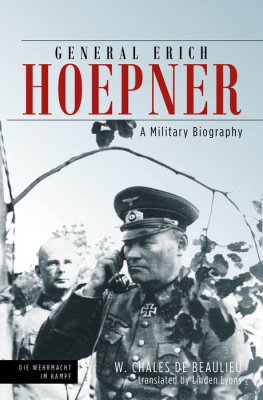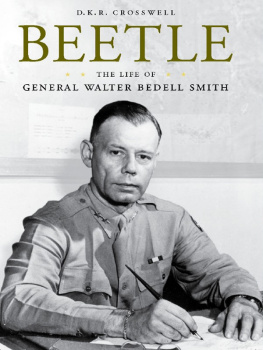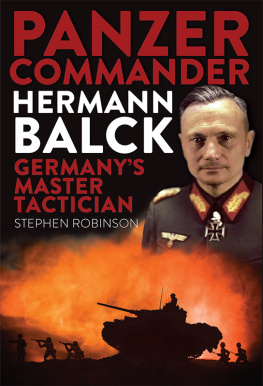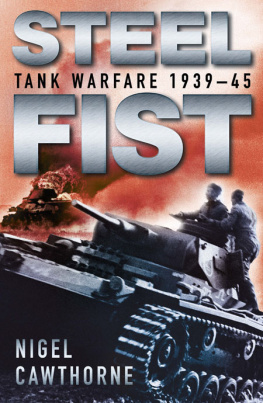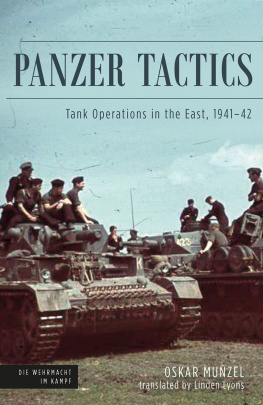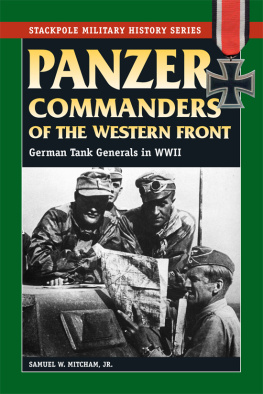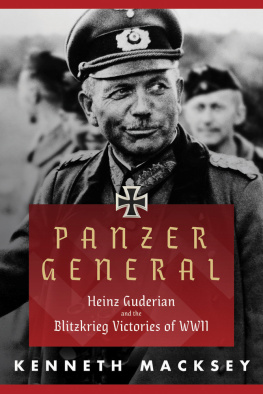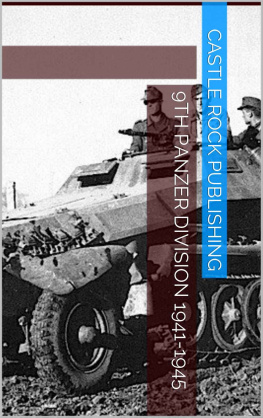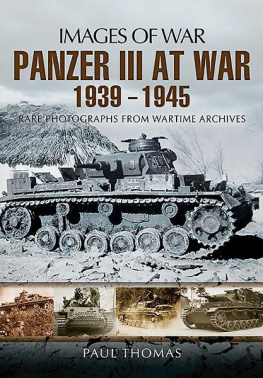GENERAL ERICH HOEPNER
DIE WEHRMACHT IM KAMPF
GENERAL ERICH HOEPNER
A Military Biography
W. CHALES DE BEAULIEU
Translated by
LINDEN LYONS
Series editor
MATTHIAS STROHN
Philadelphia & Oxford
AN AUSA BOOK
Association of the United States Army
2425 Wilson Boulevard, Arlington, Virginia, 22201, USA
Published in the United States of America and Great Britain in 2021 by
CASEMATE PUBLISHERS
1950 Lawrence Road, Havertown, PA 19083, USA
and
The Old Music Hall, 106108 Cowley Road, Oxford OX4 1JE, UK
2021 Association of the U.S. Army
English translation Casemate Publishers
Originally published as Die Wehrmacht im Kampf 45: Walter Chales de Beaulieu, Generaloberst Erich Hoepner: Militrisches Portrt eines Panzer-Fhrers (Scharnhorst Buchkameradschaft GmbH, Neckargemnd, 1969)
Hardback Edition: ISBN 978-1-61200-976-6
Digital Edition: eISBN 978-1-61200-977-3
Mobi Edition: ISBN 978-1-61200-977-3
A CIP record for this book is available from the British Library
All rights reserved. No part of this book may be reproduced or transmitted in any form or by any means, electronic or mechanical including photocopying, recording or by any information storage and retrieval system, without permission from the publisher in writing.
CASEMATE PUBLISHERS (US)
Telephone (610) 853-9131
Fax (610) 853-9146
Email:
www.casematepublishers.com
CASEMATE PUBLISHERS (UK)
Telephone (01865) 241249
Email:
www.casematepublishers.co.uk
Front cover: Colonel-General Erich Hoepner, with General Georg-Hans Reinhardt behind.
Introduction
This book tells of the actions of General Erich Hoepner in World War II. Hoepner had joined a dragoon regiment in 1906 and his socialisation in this branch of the army not only earned him the nickname the old cavalryman, but also resulted in him becoming one of the early advocates of mechanisation and armoured warfare. He served as a corps commander at the outbreak of World War II, and by 1941, when Germany invaded the Soviet Union, he was commander of the 4th Panzer Group, consisting of two panzer corps. His troops took part in the advance on Leningrad and, subsequently, in Operation Typhoon , the failed German assault on Moscow. In January 1942, Hoepner ordered the withdrawal of his overextended forces. This gave Hitler the chance to make him one of the scapegoats for the failed attack, and he was dismissed from the Wehrmacht.
The author of this book, Walter Chales de Beaulieu, was born in Saalfeld in 1898. He joined the Prussian artillery as an ensign in 1915, fought on both the Eastern and Western Fronts and was awarded the Iron Crosses second and first class. After World War I, he remained in the army and was trained as a general staff officer. When the Germans invaded the Soviet Union in June 1941, Chales de Beaulieu, holding the rank of full colonel, served as chief of the general staff of the 4th Panzer Group under Hoepner. It was at this time that Chales de Beaulieus respect, perhaps even admiration, for Hoepner was formed. This positive view of Hoepner is visible throughout the book that you, the reader, hold in your hands now.
The book ends with the dismissal of General Hoepner as a consequence of the failed offensive on Moscow. The rest of Hoepners life is only very briefly touched upon in the very last paragraph: this is a book about Hoepner the military man. But Hoepners story did not end in 1942. He had wholeheartedly supported the war against the Soviet Union, but he was also critical of the National Socialist regime. Hoepner was involved in the 20 July 1944 bomb plot to kill Hitler, and the conspirators had earmarked him for a senior military position in a post-Hitler Germany. After the failed coup, he was arrested by the Gestapo, tortured and faced trial at the infamous Volksgerichtshof (Peoples Court). The court sentenced him to death, and Hoepner was hanged at Pltzensee prison in Berlin on 8 August 1944. His family were arrested too, and his wife and children were sent to concentration camps. Chales de Beaulieu was also directly affected by this. As Hoepners former chief of the general staff, he was now regarded as untrustworthy by the regime. He had been promoted to the rank of Generalleutnant in June 1944, but was dismissed from active service on 31 January 1945. He survived the war and died in Kressbronn at Lake Constance in the 1970s.
This book gives a vivid account of the deployment of German armoured formations in the early stages of the war. It shows the panache with which these formations were deployed and won their tactical and operational victories. Having said this, Chales de Beaulieu also clearly highlights some of the shortcomings of the German concepts of armoured warfare. The campaign against Poland, for instance, is often glossed over by people interested in World War II, because, apparently, everything went smoothly and the Polish Army was quickly and easily defeated. The chapter in this book shows that this was not entirely true and that the German Army went through a number of crises. The book is therefore not only of interest to those who would like to learn more about General Hoepner. Despite the fact that it was written a rather long time ago, the book provides insights into the enduring challenges of formation command. It also mentions the frictions between the German generals. The book is therefore more than a mere operational study or a glowing description of Hoepner as a military leader. The underlying constant truths of the nature of war make this book so readable even today.
Prof. Matthias Strohn, M.St., DPhil., FRHistS
Head of Historical Analysis,
Centre for Historical Analysis and Conflict Research, Camberley
Visiting Professor of Military Studies,
University of Buckingham
Foreword
This book is about a man and a soldier whose ups and downs in life are almost unparalleled. After achieving the greatest military successes, he was dismissed from his beloved profession, sentenced in the Peoples Court, and executed. The journey of Colonel-General Erich Hoepner very much reflects his character and personality. He would always raise objections against a course of action if it was inconsistent with his conscience and sense of responsibility, and this led to his eventual opposition to the regime in Germany. This was a natural development for someone with a personality as strong as his. His strength of character was shaped by his combat experience during World War I, his service on the general staff in the interwar period, and his confident leadership during World War II. It is his command of panzer formations between 1939 and 1941 that this book will endeavour to describe.
The only son of a successful doctor, Hoepner grew up in the ever stimulating city of Berlin at the turn of the century and was the first in his family to pursue a military career. His urge to be free and to seize the initiative, paired with his love of horses, led him to become a cavalry officer in 1905. His post was in Metz, at that time near the western border of Germany, and he was soon the adjutant of his regiment. In 1913, he graduated from the staff college. During this time, there were a couple of characteristics he possessed which emerged and which shaped the course of his life to follow. He felt a strong sense of duty and responsibility, and, already as a young officer, he constantly strove for clarity of thought.

